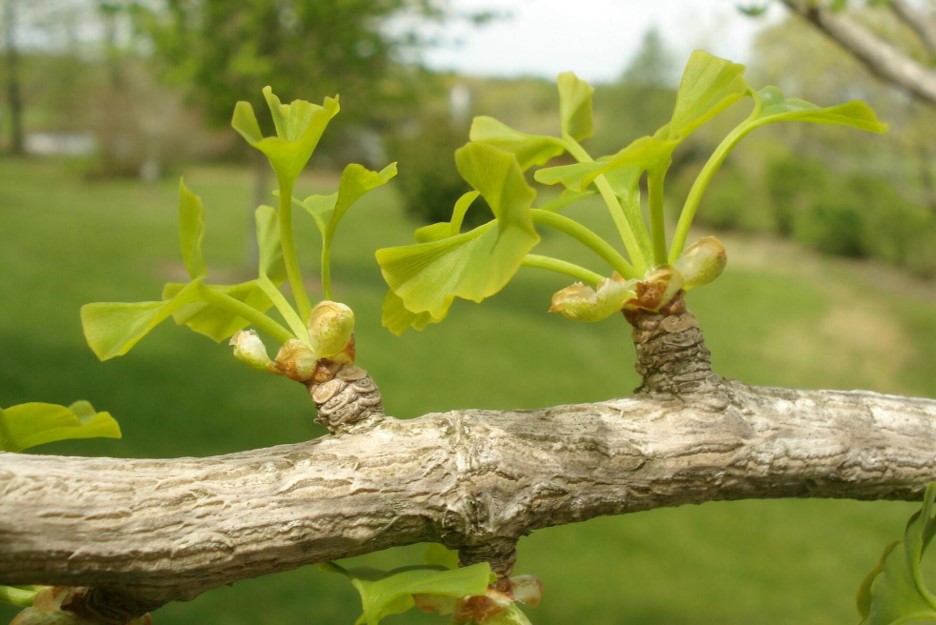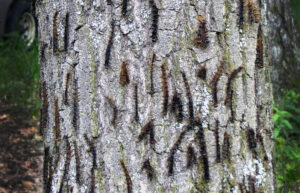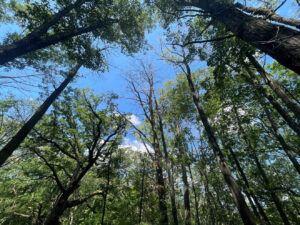By Nicolle R. Spafford, DNR Urban Forestry Grants Manager; Nicolle.Spafford@wisconsin.gov or 715-896-7099
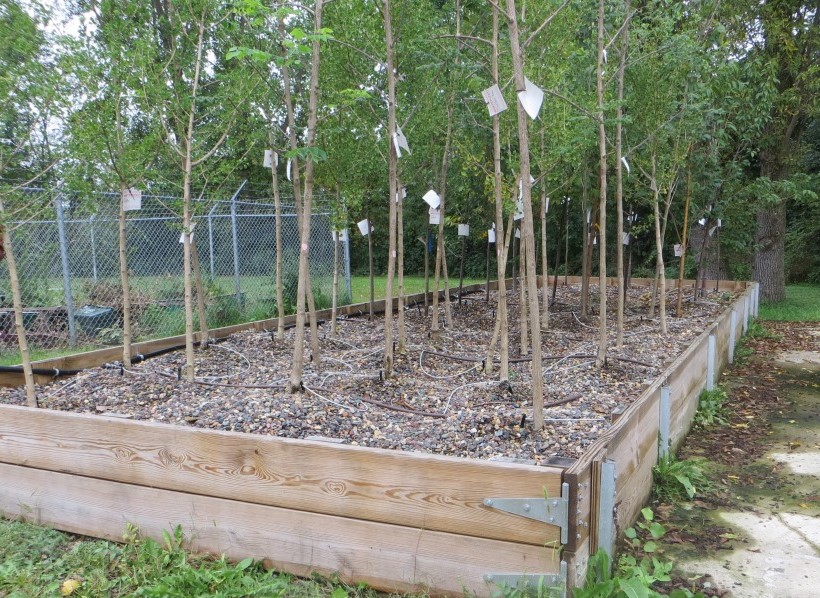 Beginning July 1, 2025, cities, villages, towns, counties, tribes and 501(c)(3) nonprofit organizations in –or conducting their projects in – Wisconsin can apply for a regular or startup 2026 Wisconsin Department of Natural Resources (DNR) Urban Forestry grant. The total 2026 available funding is $559,680, with a possible release of $139,920 of catastrophic storm reserve to fund a second round in March 2027. Continue reading “2026 Urban Forestry Grants Announced”
Beginning July 1, 2025, cities, villages, towns, counties, tribes and 501(c)(3) nonprofit organizations in –or conducting their projects in – Wisconsin can apply for a regular or startup 2026 Wisconsin Department of Natural Resources (DNR) Urban Forestry grant. The total 2026 available funding is $559,680, with a possible release of $139,920 of catastrophic storm reserve to fund a second round in March 2027. Continue reading “2026 Urban Forestry Grants Announced”

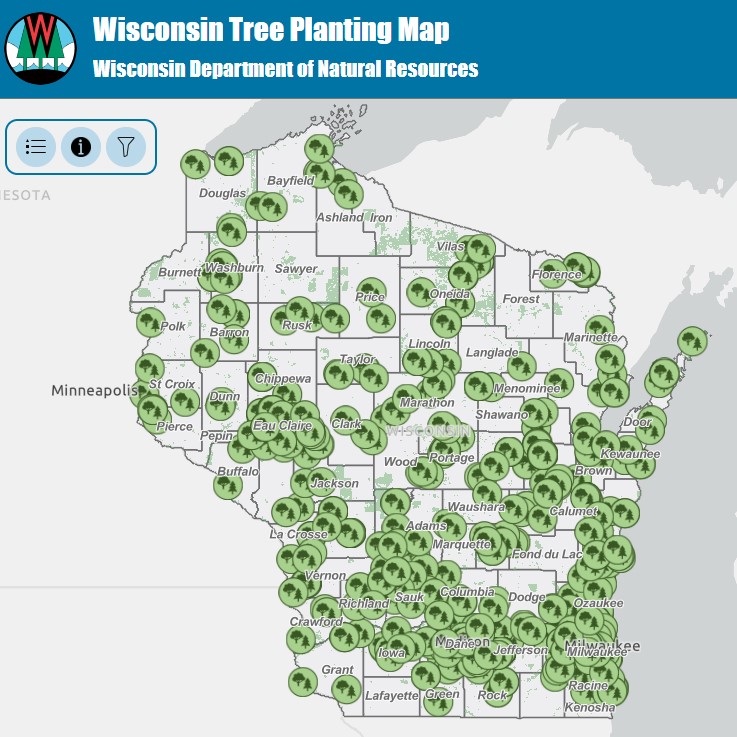 When your newly planted trees are getting comfortable in their new homes, you’ve pulled the splinters from your hands and you find yourself at a desk asking yourself, “What now?”, we have an answer for you.
When your newly planted trees are getting comfortable in their new homes, you’ve pulled the splinters from your hands and you find yourself at a desk asking yourself, “What now?”, we have an answer for you.
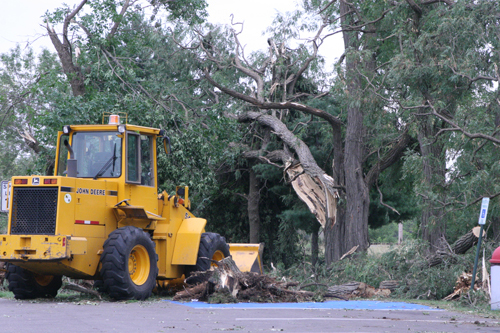 With recent storms passing through Wisconsin, communities may still be working on clean-up. Depending on the intensity of the storms and the condition of the trees, damage from high winds, heavy rainfall, hail and lightning can be quite severe. Cracked or broken branches, trunk damage and root failure are some of the main concerns, but also the risk and liability of damage to people and property.
With recent storms passing through Wisconsin, communities may still be working on clean-up. Depending on the intensity of the storms and the condition of the trees, damage from high winds, heavy rainfall, hail and lightning can be quite severe. Cracked or broken branches, trunk damage and root failure are some of the main concerns, but also the risk and liability of damage to people and property. 